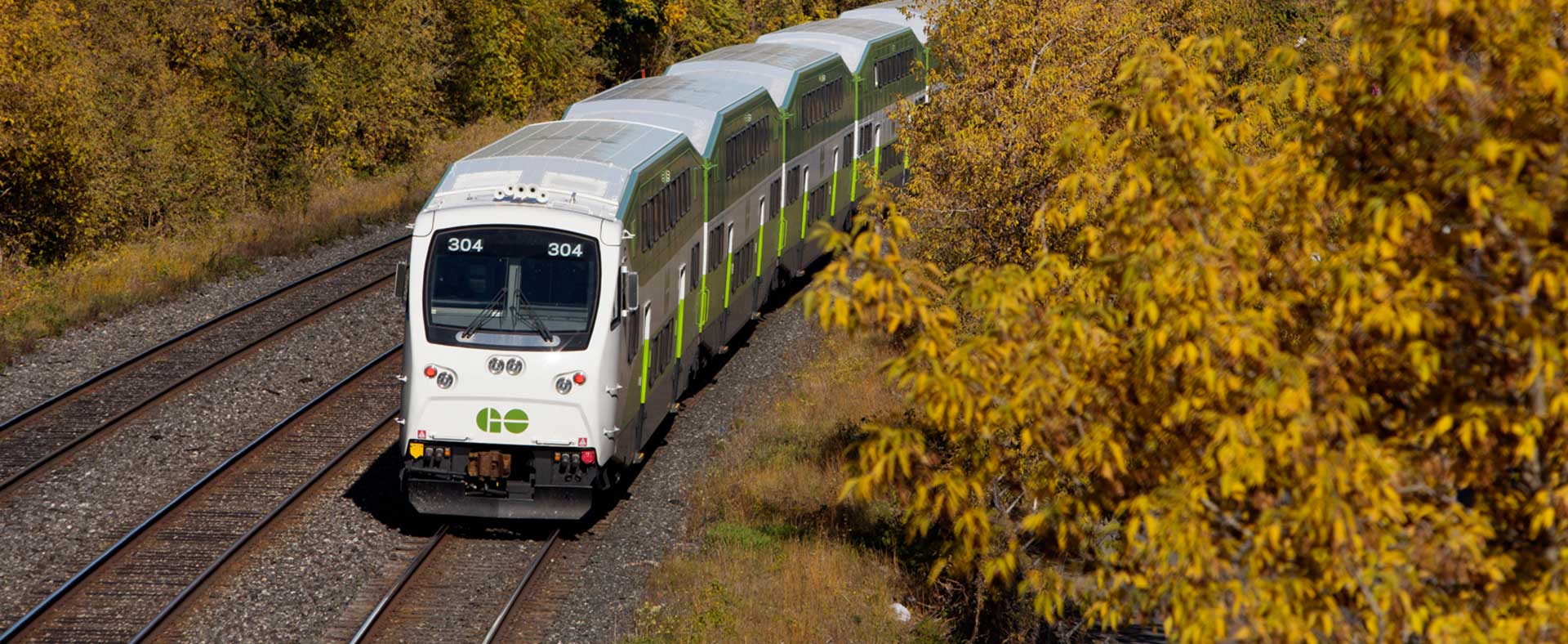Infrastructure has done a lot of harm to environmental systems all around the world. There’s no doubt that developments are important to a growing economy, but what’s more important is for it to be done with careful ecological planning. Small’s Creek Ravine and the north part of Williamson Park Ravine in East York-Beaches community is currently at risk of being clearcut by Metrolinx. This GO Transit expansion project is set to begin this October. Community group Save Small’s Creek and a Toronto city councillor are spending countless hours raising awareness to this issue in hopes that Metrolinx will reconsider the route.
See Also: This BIPOC, Female Owned Home and Personal Care Brand Is Paving the Way for Sustainable Business>>>
Metrolinx GO Expansion
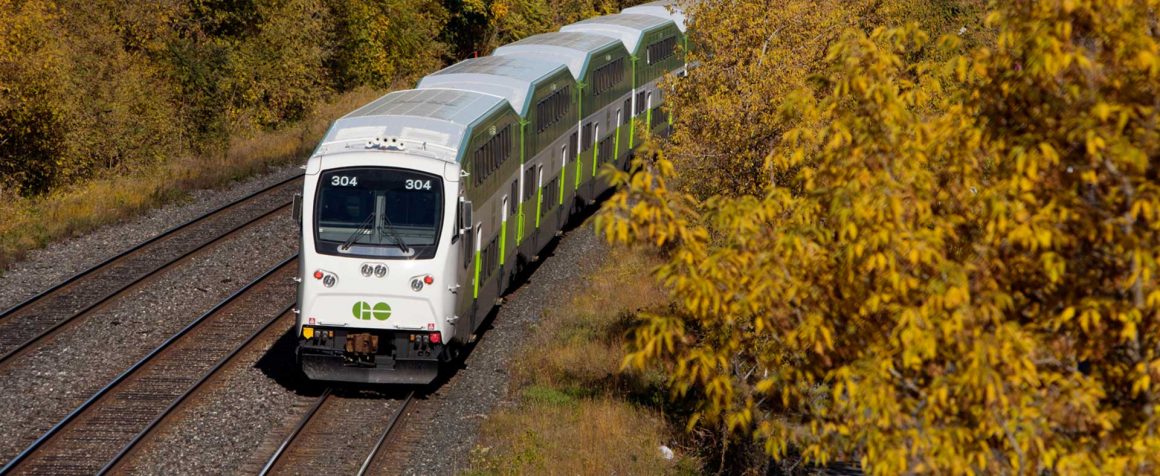
Metrolinx is set to begin construction this October on another rail corridor. Based on the plans provided by Metrolinx, this edition will clear cut all the trees along the rail along with the retaining wall and recreational trails in the Small’s Creek Ravine Northern Park. As you can imagine, this is hard to accept for not only environmentally conscious community members, but people who spend their days in Small Creek Park.
ADVERTISEMENT |
Save Small’s Creek comprises of 24 group members of local residents with various backgrounds including parents, community activists, planners, artists, geotechnical & civil engineers, architects, forestry ecologist, landscape architects, lawyers, and designers, all concerned about the lack of environmental planning that has gone into the expansion.
If the project goes as planned, the Lakeshore East rail expansion will clearcut 268 trees,
including several oaks and basswood that are over 100 years old. The plans will also harm the ecological well being of the urban forest, displace wildlife and damage the community’s use of the space. Here are the images by Metrolinx depicting which trees will be removed. The red numbers in each photo represents a tree that will be removed and not replaced.
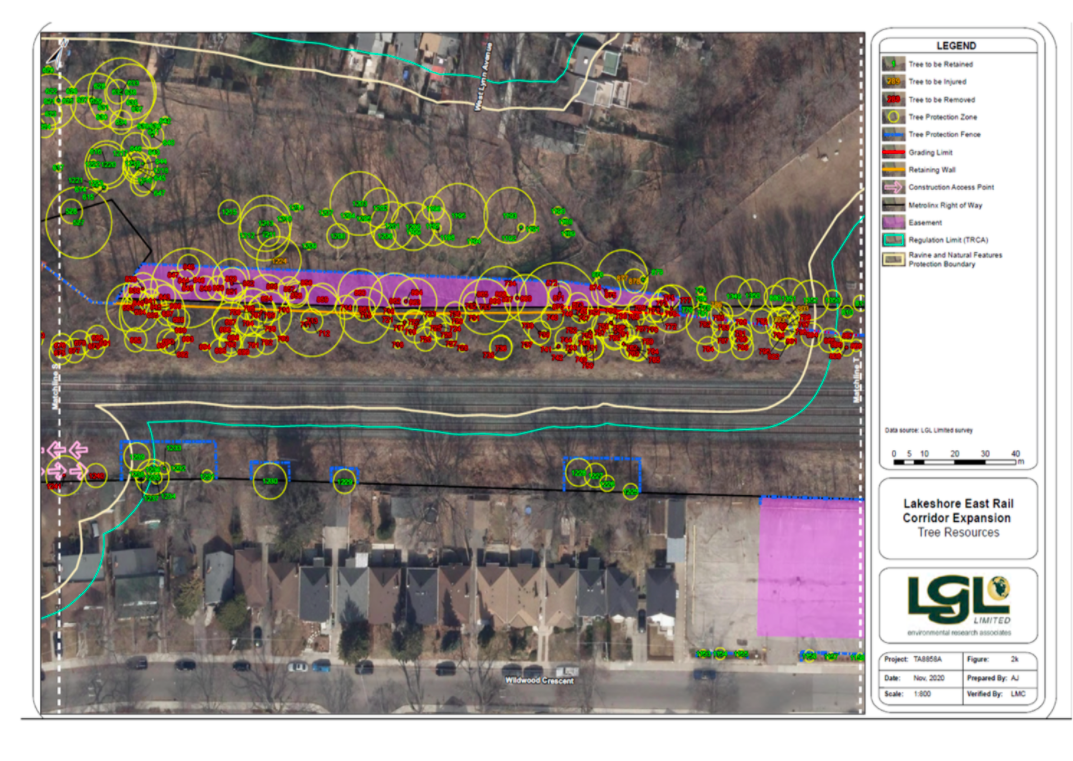
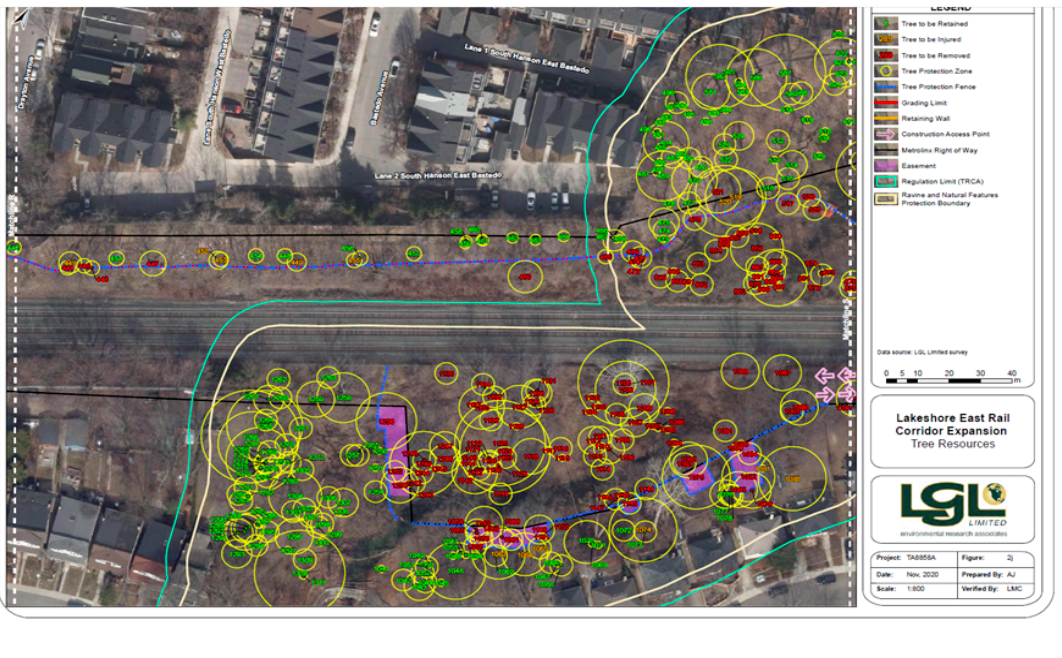
Save Small’s Creek
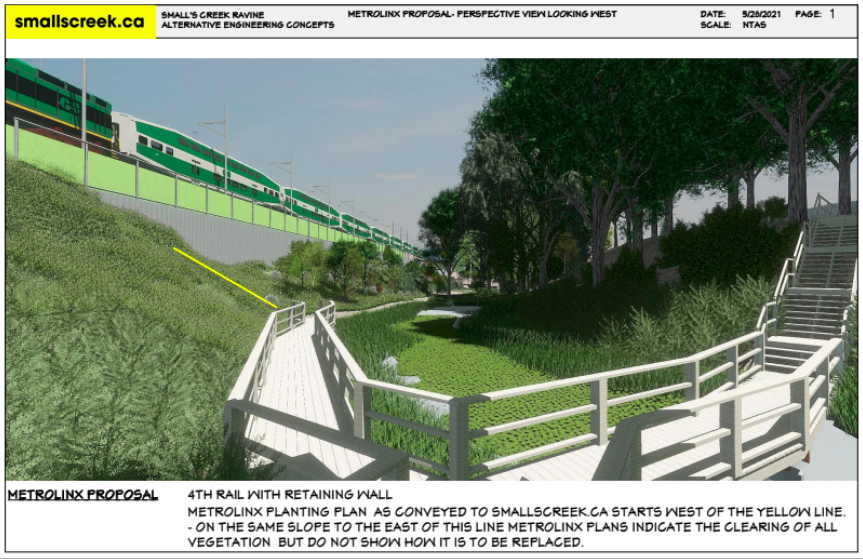
“We’re on board with having more trains and a fourth rail, that’s what the province needs. We need state of the art transit but its important to be environmentally conscious about how we install it.”
Micheal Terk
Micheal Terk is a Toronto community activist and a member of Save Small’s Creek. The group first found out about the fourth rail at the end of 2019. Once they discovered how the proposed plan would move forward, they knew they needed to take action. Micheal says that if Metrolinx goes about installing the new track, “let’s do it the right way. If everything is collateral damage, then all we’re left with is the best transit system and not a ravine system that’s unlike anything else in the world”.
When the plan was first proposed, Micheal says Metrolinx was unaware of the surrounding area and used planning techniques that weren’t suitable for the environment. “The plans to this area were like those used to build a rail alongside of a highway,” Michael said. He believes it involved prioritizing technologies and criteria like speed, efficiency and maybe even cost.
ADVERTISEMENT |
What Small’s Creek Looks Like Now
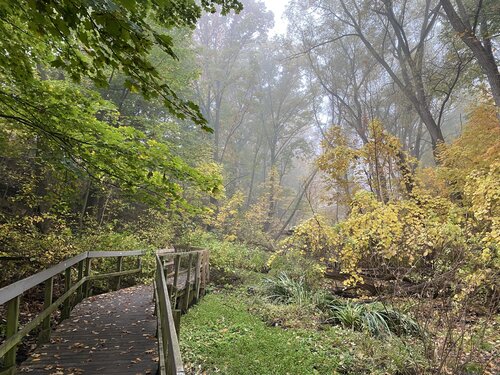
What It Will Look Like With The Current Metrolinx Plans
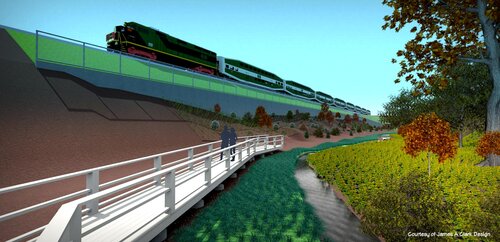
Lack Of Communication & Transparency By Metrolinx
Communication between Metrolinx and Save Small’s Creek have been little to none. Last December the group had to issue a freedom of information request to get a full, in-depth understanding of what the plans actually were.
“Since we really understood what their plan was, they haven’t shown any willingness to go back to the planning process and they’re planning for an October construction. We’re still staying optimistic, but Metrolinx just released a media campaign that really attempts to deflect from the impact of the removal of trees,” Michael said.
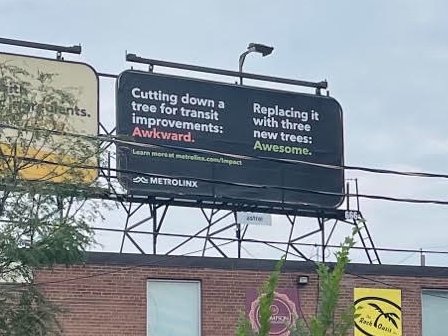
They aren’t just cutting down ordinary trees, Micheal says these tree are native red oaks that are classified as a category 1 assets, making them very valuable to the city. If Metrolinx plans on planting 3 new trees as promised, only the future generations will gain its benefits and not us that’s dealing with a global climate crisis.
These proposed plans are still considered an early works project meaning its currently in preparation for the 4th rail. This gives Metrolinx plenty of time to reconsider with environmentally sensitive planning in mind.
“An indication for me to realize the initial planning didn’t have the right intent or was possibly faulty was that even the drawing submitted to the TRCA for review didn’t have the walking trails identified on plans. This is all very technical and if you look at the environmental impacts, Small’s Creek is not mentioned,” Michael said.
ADVERTISEMENT |
Save Small’s Creek says Metrolinx stated that the main reason they plan on cutting the large trees hugging the slope by the train tracks is that they might fall uphill into the tracks. At a recent technical meeting they asked Metrolinx to quantify this risk and there was no answer.
Small’s Creek Alternative Plan
Save Small’s Creek put together an alternative plan that will not effect the surrounding ravine and park. Two engineers have put together a few complex design solutions that wouldn’t harm the livelihood of the area. The 3 solutions include:
- A concrete guideway or bridge supported on deep foundations
- Ground improvement to stiffen the existing fill
- Engineer existing slope to improve stability at steeper angles
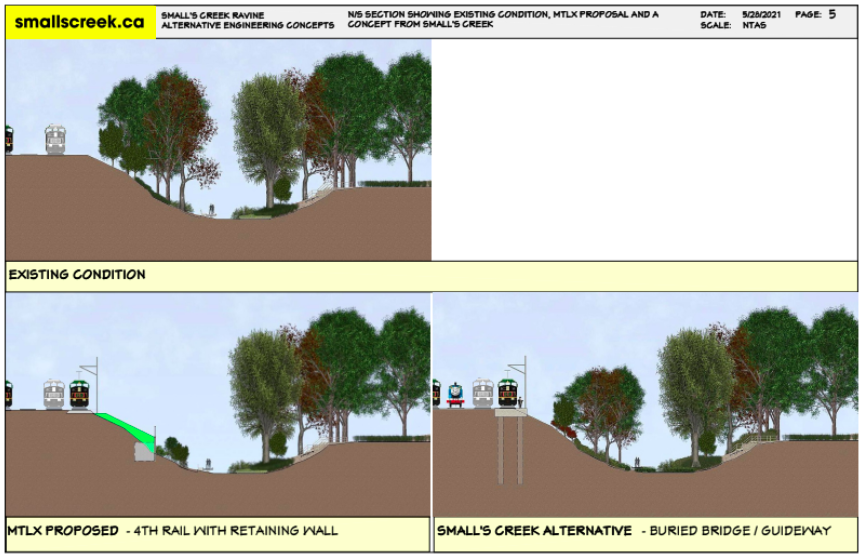
“There’s all sorts of things we can do today with our knowledge of the importance of these areas for mental health, environmental health and the climate crisis to prepare the area for this type of capital work. You can collect seeds, you can plant on the other side of the ravine, you can do so much but really nothing that we’ve seen is preparing the area to help restore the ecological health once the rail work is done,” Michael said.
ADVERTISEMENT |
Motion Passed By Councillor Brad Bradford
Save Small’s Creek isn’t the only one fight this cause and at a Toronto city council meeting in June, Councillor Brad Bradford put forth a motion asking for the cIty to add its voice in calling on Metrolinx to develop a better plan for the Small’s Creek and Williamson Ravines.
The city council approved the motion and they have yet to hear back from Metrolinx. For a project of this magnitude, the city plays an important role and Brad is staying optimistic that planning can still change. Large agencies like Metrolinx don’t have a legal obligation to follow the City’s rules so it becomes a balancing act of pushing hard enough for a positive outcome.
“We’ve very fortunate to have a group like the Friends of Small’s Creek in this community to challenge the Province and a big government agency like Metrolinx to do better. That’s not the case everywhere – not every community has the experience, resources or expertise to take on work like this.”
Brad Bradford
Its evident that Save Small’s Creek is doing everything they can to gain the attention of Metrolinx. Help from all levels of government, including Toronto mayor John Tory, is one of the voices of change they need to protect the ravine and give Metrolix the chance to develop better sensitive planning.
ADVERTISEMENT |
“The technology is available today to do things differently instead of clearcutting a retaining wall.”
Micheal Terk
For more information visit here.
Voices On Twitter
“The Friends of Small’s Creek team have gotten themselves trending on Twitter and reached the very top of Metrolinx to shed light that there are better ways to do the work they’re planning, ways that have a lower environmental impact and would help us achieve various goals and objectives of our City’s ravine strategy,” Brad Bradford said.
Feature Image: Metrolinx


